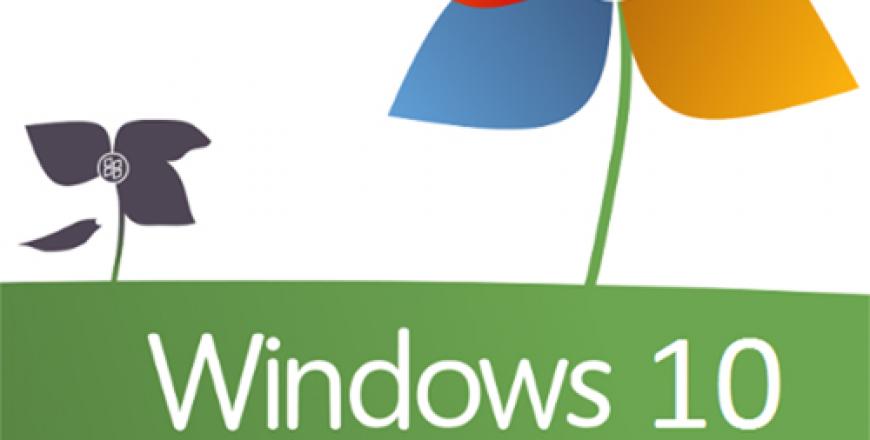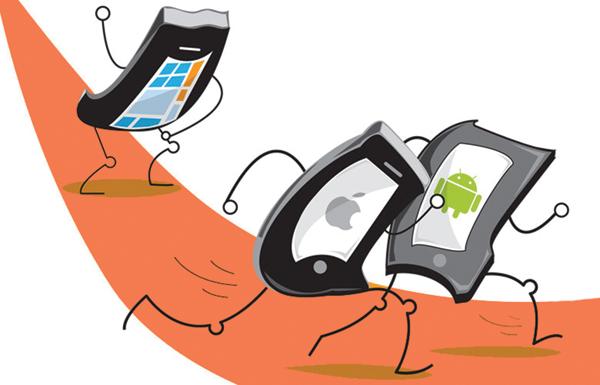You are here
Living with several digital devices
By Jean-Claude Elias - Nov 26,2020 - Last updated at Nov 26,2020

AFP photo
Are you using a set of tablets, smartphones, and laptop computers? In most cases the answer would be yes. Chances also are that you own and operate more than one of each.
Over the years we have discovered that we need all three formats. They nicely complete each other, and each is better adapted to a particular context and situation.
Earlier this week Jordanian TV channel Roya aired a programme that showed that indeed all digital formats were used by the population. Among other statistics it was also clear that Internet on mobile devices had the lion share of them all, with about 35 per cent of the total, more than laptops for example that were at 25 per cent.
The bad news is that this makes you manage several digital devices and consequently spend significant time doing it. The task can sometimes be daunting and frustrating.
The good news is that there is a way to optimise the time, to keep everything in good order and to alleviate the pain. It is mainly about getting well organised and to be familiar with some simple settings — the key word here being organisation.
Whenever it is possible, avoid mixing operating systems (OS). If you like Apple line of products stay with it. Not necessarily because it is superior to Google’s Android or Microsoft’s Windows, but because living with one OS makes life simpler.
On the other hand, if Android is your cup of tea, get smartphones and tablets than run on it. In this case your laptop can run under either Windows or MacOS.
Sticking to one brand in addition to one OS, again whenever it is possible, also helps a lot, especially when it comes to smartphones and tablets.
In a commendable — and certainly business oriented — effort, manufacturers have also reduced the gap between the various OS and hardware. Bridges have been built to make the various systems communicate between each other, with minimum trouble and effort from the user’s side.
An example: Samsung Flow application lets you connect your Android smartphone wirelessly and seamlessly to your Windows or Mac laptop, and work on the phone from the comfort of the large screen of the computer, with the mouse and the full-size keyboard. You can also exchange files between the two devices. Samsung Flow is a pleasurable experience.
Take WhatsApp as another example. If you think that you can use it only on your smartphone think twice. When sitting at your desk and working on your laptop, with your smartphone nearby, open an Internet browser on the laptop and go to https://web.whatsapp.com/. You will be able to use your WhatsApp account (with all chats, media contents, contacts, etc.) on the laptop, sending and receiving messages as if you were using the phone, and in full and automatic synchronisation between the two devices.
Another great helper, precisely, is learning to synchronise data between the different devices. If you use Chrome Internet browser on a laptop, a smartphone, and a tablet, be sure to log in with your account credentials (through a Gmail account, for instance). This will ensure that your browsing history, bookmarks, and other items automatically sync through all your devices. This is not just about saving time and effort, but about seeing clearly and working efficiently. It is about changing pain into pleasure.
You can also synchronise your calendar and your contacts over the whole range of your digital devices. Again, this saves time and reduces stress, providing at the same time the automatic, indispensable backup of all your files. It lets you enjoy all your devices, instead of having the feeling you are working for them more than they are working for you.
Finally, go fully, wholeheartedly, irreversibly with cloud storage. There is still a minority that is scared and hesitant about this way of keeping their digital contents. Today there is no other way to go. Cloud storage does not only give you peace of mind and data security, but it also lets you access your files from any of the above-mentioned digital devices, laptops, smartphones, and tablets. The main, most popular such services are Microsoft’s OneDrive, Apple’s iCloud, Google Drive, and Dropbox. Here again, try to choose one and only one, get familiar with all its functionalities, and get well organised around it in a global manner.
Related Articles
SAN FRANCISCO — Microsoft’s new Windows 10 system offers more personalisation than before, but it also collects more data than people
NEW YORK — It took me just a weekend to get comfortable with Microsoft’s new Windows 10 operating system, something I never did with its pre
SEATTLE — Microsoft, after failing to build a smartphone hub to rival Google or Apple, is trying to change the conversation.At Microso



















